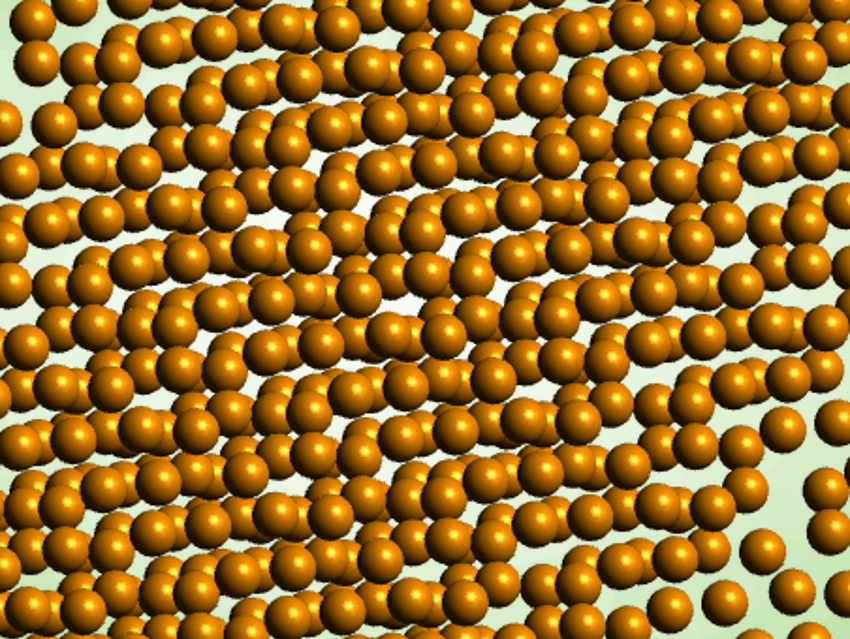Ever since 2D materials were first isolated and fabricated, one interesting area of application has been optoelectronic devices. Both graphene and black phosphorus have been widely explored for infrared photodetector devices, but the lack of a band gap and stability, respectively, means that there might be better options using other 2D materials.
Chongwu Zhou, Han Wang, University of Southern California, Los Angeles, USA, Wenzhuo Wu, Purdue University, West Lafayette, IN,USA, Ahmad Abbas, University of Jeddah and King Abdulaziz University, Jeddah, Saudia Arabia, and colleagues have fabricated a photodetector using the 2D material tellurene—a homogeneous 2D layer of tellurium—as the active sensing material. The researchers prepared tellurene nanoflakes using a hydrothermal method. The photodetector devices, field-effect transistors (FETs) with tellurene as the channel material, were fabricated on Si/SiO2 wafer substrates with Ti/Au layers as metal electrode contacts.
The resulting photodetectors have a high stability in air. Poor stability in air has held black phosphorus thin-films back from being used on larger scales. The tellurene-based photodetectors also show a high gain, bandwidth, and ultrafast response, all of which can be useful to cover the short-wave infrared band of the electromagnetic spectrum.
- Tellurene Photodetector with High Gain and Wide Bandwidth,
Chenfei Shen, Yihang Liu, Jiangbin Wu, Chi Xu, Dingzhou Cui, Zhen Li, Qingzhou Liu, Yuanrui Li, Yixiu Wang, Xuan Cao, Hiroyuki Kumazoe, Fuyuki Shimojo, Aravind Krishnamoorthy, Rajiv K. Kalia, Aiichiro Nakano, Priya D. Vashishta, Mor R. Amer, Ahmad N. Abbas, Han Wang, Wenzhuo Wu, Chongwu Zhou,
ACS Nano 2019.
https://doi.org/10.1021/acsnano.9b04507




